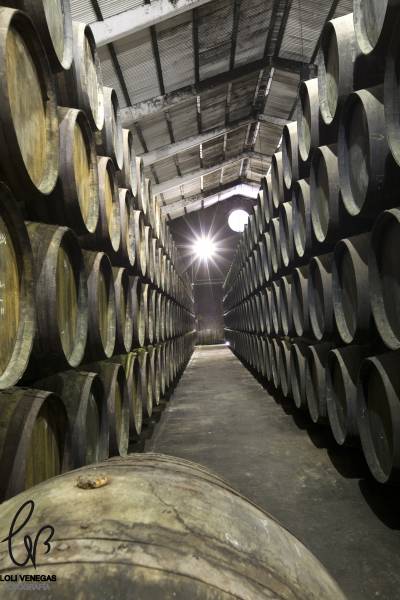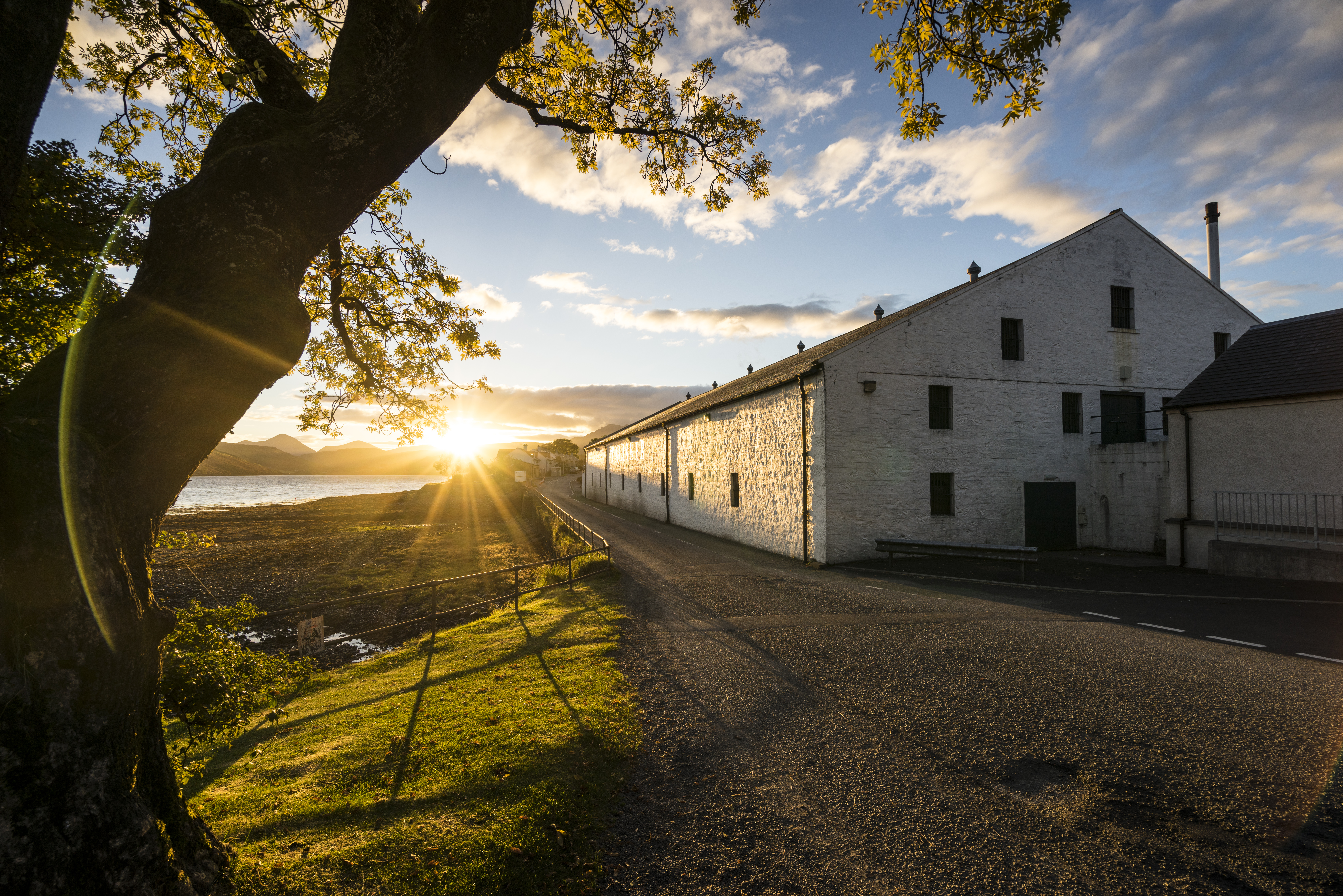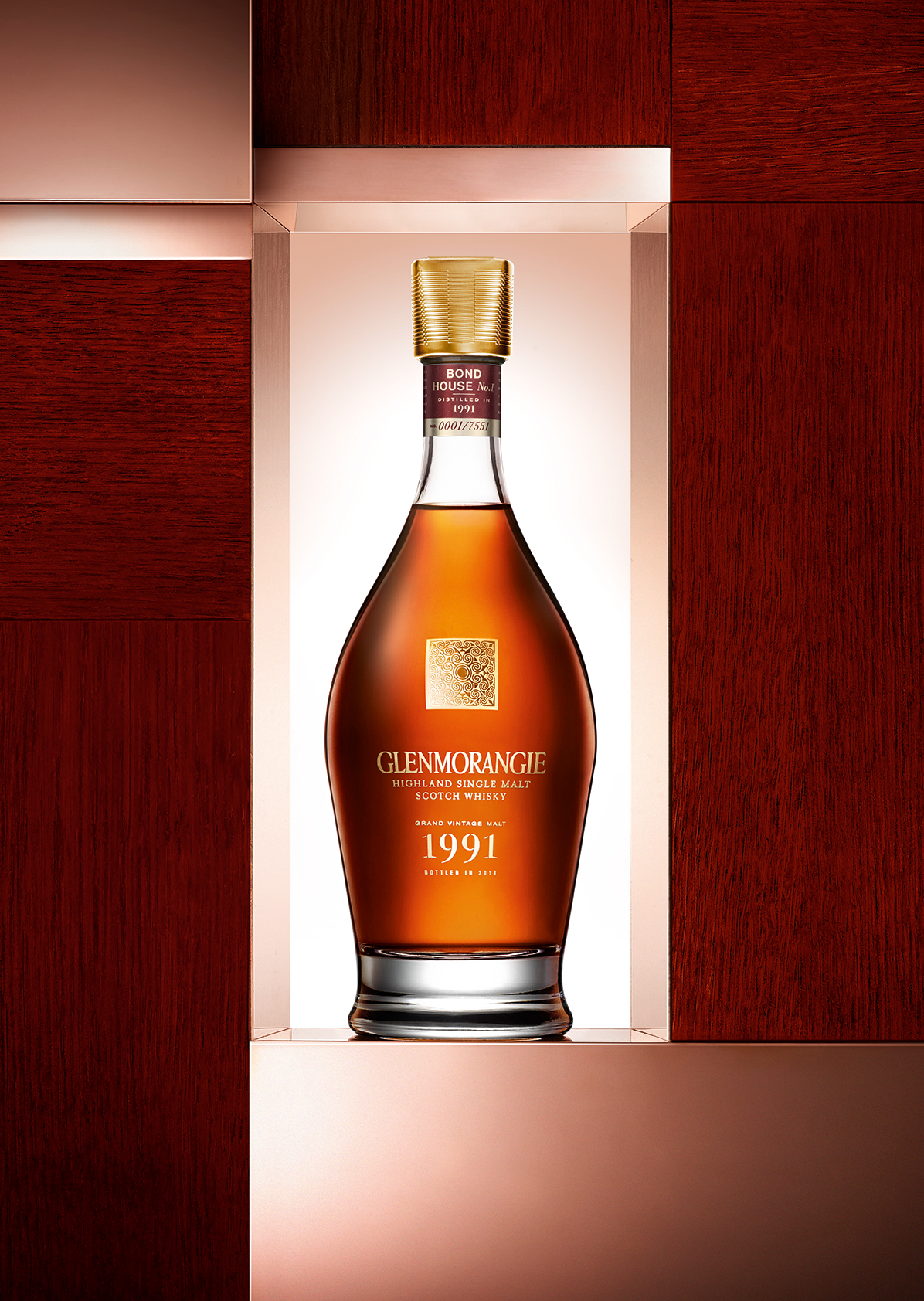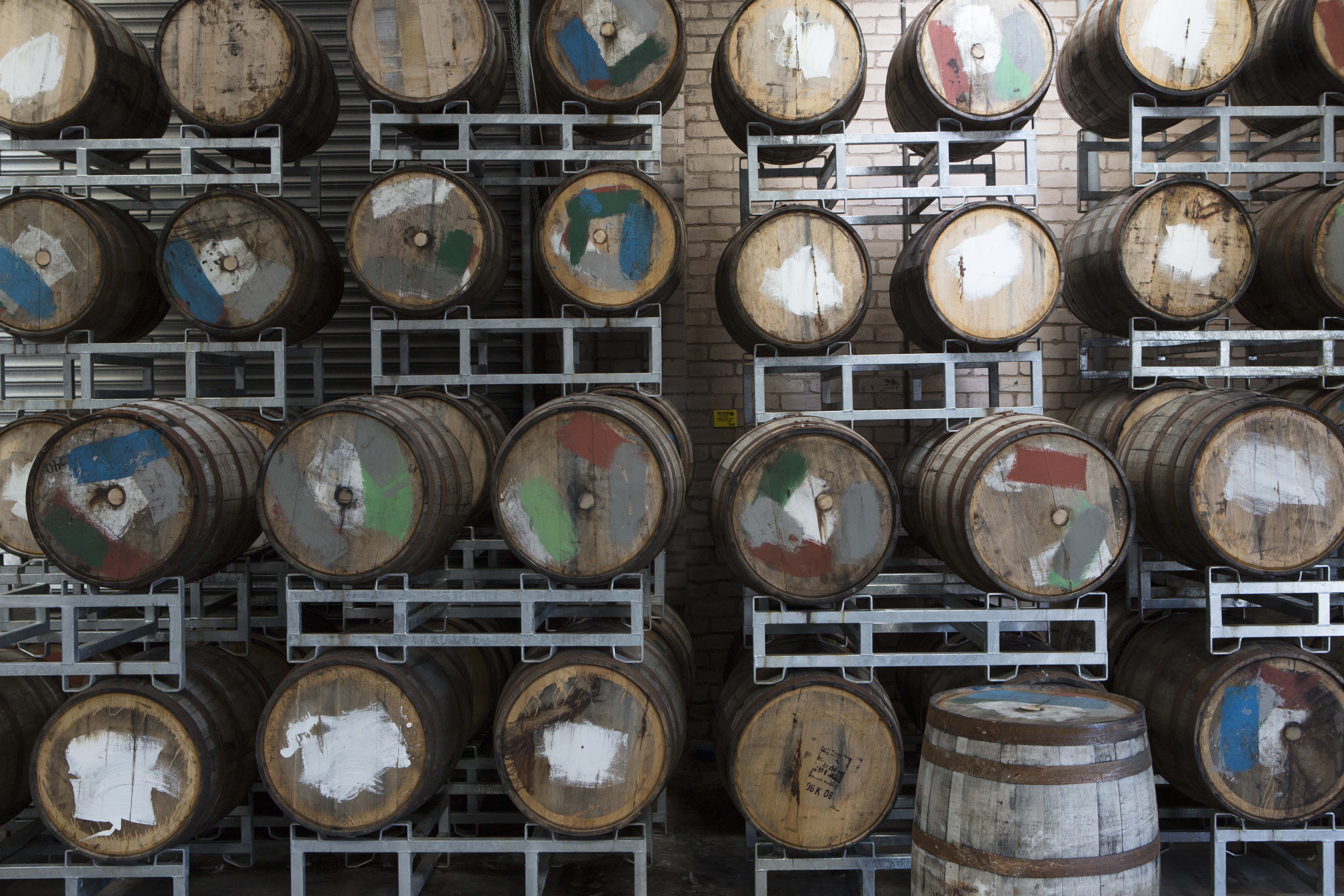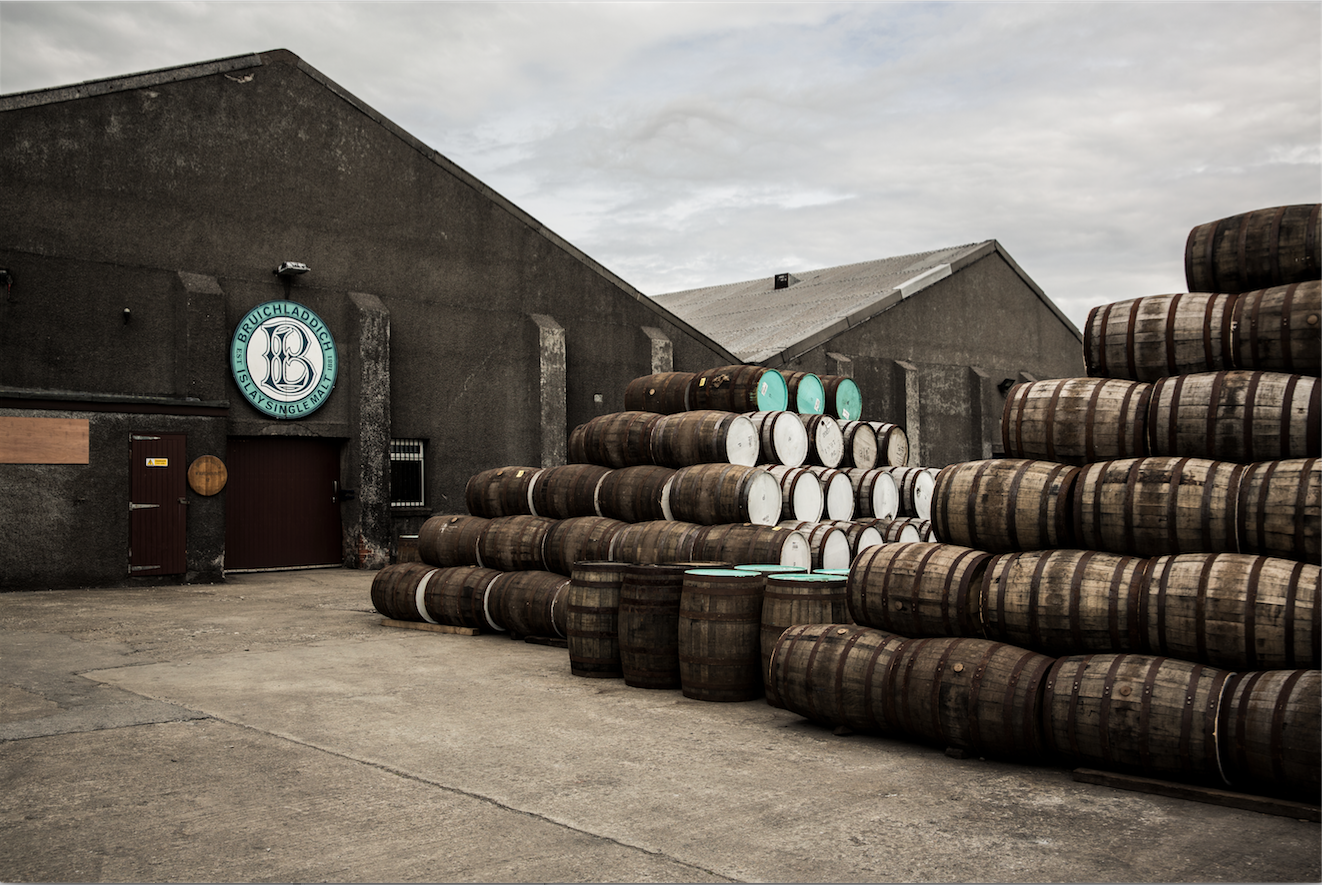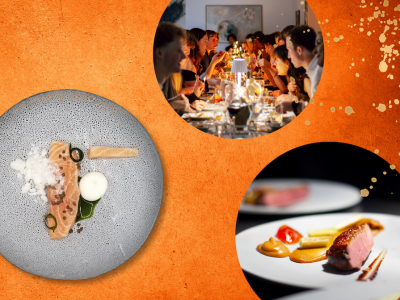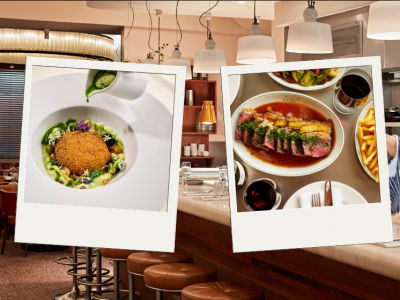We are sitting in the dining room of Las Mesas, a 16th century hacienda in the heart of Andalucia, nosing a dram of the Talisker Bodega series 40-year-old. The oldest of the Skye distillery’s releases, the £2,750 bottle is one of 2,000 available globally. It is part of a trilogy of whiskies that are being aged in casks from historic sherry bodegas, with new releases each year. Diageo’s Talisker searched the old cask ledgers at the distillery and discovered that, in the 1900s, its whisky was almost entirely rested in ex-sherry casks, which was not commonplace at the time. It also found that the company once traded with a 274-year old bodega called Delgado Zuleta.
Cask action: Lifting the lid on unusual barrel-aged spirits
1st August 2019
From century-old sherry barrels to South American timbers, distillers are ageing spirits in curious woods to bring a whole new world of flavours to the market
Earlier that day, we entered that very bodega, where sherry casks are stacked high, the sweet dried fruit aroma of the resting fortified wine filling the warm air. We strained our eyes to the top where barrels caked in the dusts of time lie sleeping. Delgado Zuleta, the sherry region’s oldest sherry producer, shared some of its prime Amontillado Quo Vadis sherry casks — some of which were over 75 years old — with Talisker to nish the whisky, which had been resting in ex-bourbon casks for 40 years. After the barrels had been shipped to Skye, they were lled with the whisky and left to mature for three to four months. Only when the drop was deemed perfect was it bottled.
A draw of the amber liquid and we are transported at once to the bodega, the sun-drenched vine fruit lingering on the nose. The symbiosis is remarkable and creates the most startling pear and sandalwood imbued drop.
“The main thing we wanted to do was re-create and re-imagine what those avours could be like,” says Donald Colville, global Scotch whisky ambassador for the Diageo brand. “It is a whisky that is so good on the nose that I forgot to taste it.”
A fellow taster, taking a deep sniff of the complex woody liquid, comments that it is “something that [designer] Tom Ford would be proud of”.
This is part of a growing trend for ageing or finishing spirits and other drinks in unusual woods. From sweet-scented amburana wood found in the forests of Latin America to Hungarian oak, distillers are realising the potential of interesting woods and the different effects they have on drinks.
Take the quite exceptional WhistlePig Old World Cask Finished rye, which is one of the most uplifting sharpeners you might have all summer. The Vermont distillery has a history of ageing in interesting barrels, with its Boss Hog V finished in ex-calvados wood. The new Old World rye was aged for 13 years in American oak barrels and then rested for a mere 10 days in amburana wood, which is usually used for the sugar cane spirit Cachaça, lending it a wonderfully coconut- enriched, chocolaty taste.
“Consumers are very interested in the use of different types of wood and oak across the spirits category. People like to experiment and it brings new flavours to classic products— new and different is important, as the interest in the incredible WhistlePig Amburana has shown,” says Dawn Davies, head buyer at The Whisky Exchange, which supplies the drink to the UK market.
Midleton distillery has also launched its Method & Madness range, experimental whiskies emphasising di erent wood nishes, from Hungarian oak to chestnut. “This was a hugely successful launch and showed the consumer’s appetite for experimentation with wood,” adds Davies. “Due to legislation, it is harder for Scotch whisky producers to experiment as they must use oak, but they have played around with where the oak comes from, for example Whisky Works’ latest release using Scottish oak. Cask finishes are becoming increasingly popular and we have seen strong sales when the nish is di erent to the ‘standard’ port/sherry or bourbon.”
Consumers are very interested in the use of different types of wood and oak across the spirits category. People like to experiment
She cites Glen Moray Cider cask nish last year and Glenfiddich’s IPA cask, which launched a few years ago. “We’ve also seen a willingness to pay a premium for whiskies aged in Mizunara oak from Japan,” she says.
Take Dekantã's new range. In June, the Japanese whisky platform released the second whisky in its Ki series, to celebrate its fourth anniversary. The rst in the series was an Eigashima Japanese whisky nished in a Port Ellen Scottish whisky cask. The second is whisky from the same Port Ellen cask, but it has spent the past few months in a Mizunara Japanese oak cask. As a Japanese whisky that has spent time in a Scottish cask, but also with a Mizunara oak nish, it’s a unique release, with lemon zest on the nose, which then bursts on the mouth with sugared almonds and wasabi spice.
“The choice of a Mizunara cask for nishing this whisky has brought the spirit firmly back into Japanese whisky terroir. Japanese Mizunara oak is notoriously di cult to work with and, as a result, is an uncommon cask wood choice,” says Makiyo Masa, founder and director of Dekantã. “It brings spicy, aromatic notes to the whisky, which are characteristically Japanese. I don’t recall having sampled a lightly smoky whisky that has been finished in Mizunara wood before, so it really is a unique expression.
“There is definitely a rising segment of whisky enthusiasts drawn to unusual barrel releases due to the unique experiences they provide,” she continues. “By ageing a whisky in multiple casks, as the Kigai, there is the opportunity to develop even more complex avour notes. The key is understanding the characteristics of the liquid and the impact that different casks will have on the final product. Making a whisky turn out right is truly an art.”
Glenmorangie’s recently launched Grand Vintage Malt 1991 owes its rich orchard fruit character from two parcels of whisky that normally would never be brought together. One was finished in oloroso sherry casks for sweetness and spice. It seems utterly out of sorts with the other, finished in Burgundy casks for earthy and truffle notes. Yet together they create a surprisingly smooth 26-year-old.
Glenmorangie is one of the pioneers of wood-finishing. In 1991, when this whisky’s spirit was distilled, that art was still in its infancy, but it soon began a period of intense experimentation, intent on creating new techniques and avours.
There is definitely a rising segment of whisky enthusiasts drawn to unusual barrel releases due to the unique experiences they provide
Bringing together two such incongruous whiskies goes somewhat against convention — which, in part, is what drew me to the challenge of combining them,” says Dr Bill Lumsden, Glenmorangie’s director of distilling. “The result is a single malt with a rich plum character, deep, mellow aromas and tastes of ripe fruits and milk chocolate.”
Another top drop from Diageo this year is The Singleton of Glen Ord 14YO, which has been matured in five different woods —a first for a single malt. Matured in refill American ex-bourbon and European oak butts, it was then further developed in casks that had lled Pedro Ximinez sherry and Moscatel. Finally, it was allowed to combine in European oak. The result is a bouquet of magnolia, cedar and apple on the nose, with plum, pineapple and barley sugar on the palate.
And then there is Bruichladdich’s Octomore 10, which has an interesting story — 37% of it has been aged in port pipes, 31% in cognac casks and 20% in American oak, before being married together. It packs quite a punch, dancing with leather, walnuts and black pepper.
Unusual barrel ageing goes beyond whiskies. Innis & Gunn of Edinburgh, founded by Dougal Sharp in 2003, uses bourbon barrels to add the American whiskey’s oak flavours to its beers. And if whisky is more of an autumn dram, how about Havana Club’s deeply smoky Tributo 2018, which, unusually for rum, has been fiished in peated casks. Asbel Morales, Havana Club Maestro del Ron Cubano, hand-selected the blended rums drawn from precious 60-year-old casks and part finished them in barrels that had previously held malts. The result is an exceptional rum with a subtle yet distinctive smoky note, with whispers of toffee and cinnamon.
Over a cube of ice under the shade of a tree, it is certainly one of the winning drops of summer.
